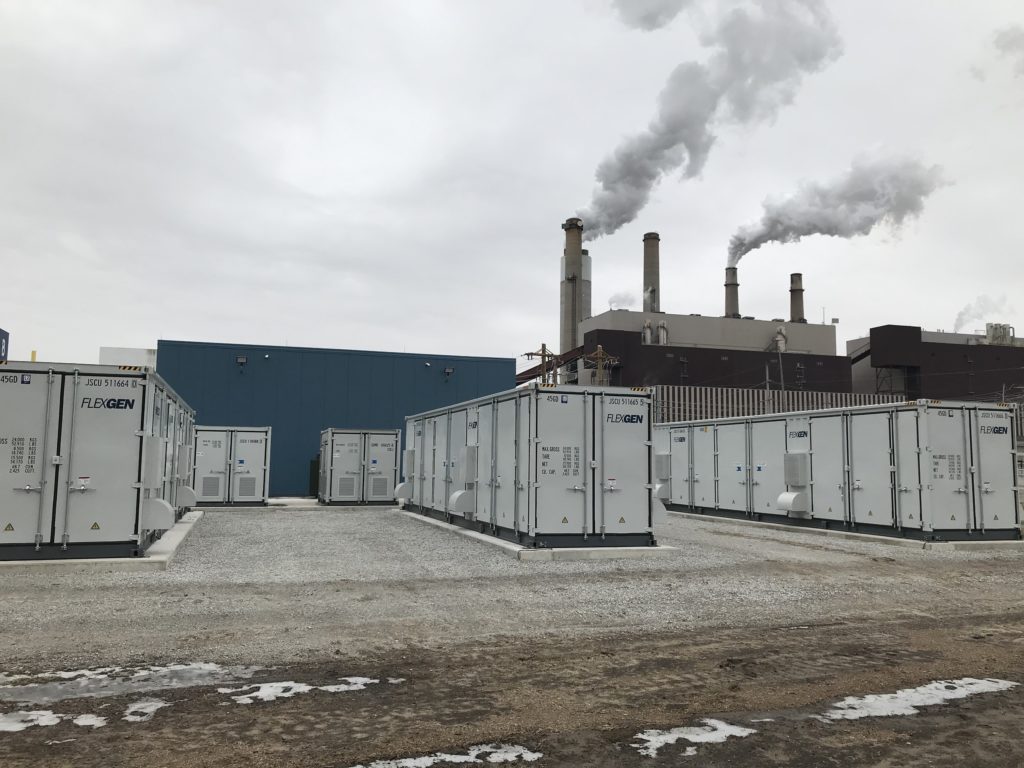
Leading energy storage company explains ‘time is right’ for companies to invest in battery storage
By Subcontractors USA News Provider
“Affordability is driving this trend,” says Kelcy Pegler, FlexGen CEO. “Battery systems are a 20+-year asset that can deliver reliable, renewable power. We are proud to provide utilities with affordable solutions and help with their flexible generation needs.
“The brains behind each of our successful battery projects is our proprietary FlexGen HybridOS energy management software platform,” continues Pegler. “FlexGen HybridOS runs the entire system and immediately deploys stored power from the batteries to the grid, to provide utilities with reliable, smooth, uninterrupted power. Battery storage systems are a great investment for utilities that want to avoid costly infrastructure upgrades and enhance resiliency to combat increased natural disasters such as cold weather events, wildfires and hurricanes.”
FlexGen’s proprietary HybridOS software platform is fully qualified to provide all market services by the Electric Reliability Council of Texas (ERCOT) and compliant with North American Electric Reliability Corporation (NERC) guidelines. HybridOS is actively delivering value for its partners across multiple markets.

Three reasons utilities invest in BESS:
In addition to affordable pricing, batteries are being deployed in a variety of applications that are delivering tangible value and operational flexibility to utilities in every region of the United States. Some recent examples of innovative applications of FlexGen’s advanced battery energy storage technology include:
1. Loadshifting. BESS allows utilities to ‘loadshift,” giving the communities they serve extra power and peace of mind. “Loadshifting” is a utility trend for resiliency – essentially, the BESS soaks up extra electricity like a sponge to smooth out power quality issues to provide cleaner power when demand spikes and residents need it most. Kansas Power Pool, for example, just partnered with FlexGen to install the largest battery project in the state in order to even out power surges and provide reliable, consistent power for rate holders 24/7.
The utility serving Panguitch, Utah, did the same thing to accommodate demand when tourists, heading to Bryce Canyon National Park, descend on the town during the summer.
2. Amps up solar and wind power. Texas utilities are pairing their solar and wind farms with batteries to collect excess energy to use when the wind stops blowing and the sun stops shining. Batteries also help the transmission grid operate better. Texas’ largest battery being built in the Texas Hill Country by FlexGen and CATL will help with the transmission of excess solar energy that needs to travel from one region of the state to another.
Additionally, when the grid glitched in February during the Texas winter storm, FlexGen BESS installations performed as expected with 99% uptime.
3. Decarbonize the grid. BESS replaces outdated, fossil-fueled turbines and engines used to provide reliable generation in times of high demand – peaking resources – and units used to essentially jump start or “black start” large natural gas-fueled power stations. For example, one Indiana utility replaced its diesel generators with a 12 MW, 5.4 MWh battery system to fire up two 77 MW natural gas turbines. The large battery was used to black start a 112 MVA generation step-up transformer which feeds the turbines’ power into the transmission power network.
Source: FlexGen







